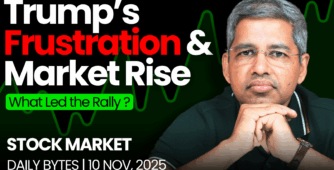Where is the market headed?
The market continued to exhibit strength overall. While large-cap stocks surrendered some of their recent gains and sectors like defence experienced profit booking, fresh momentum is emerging in several new sectors.
Despite periodic pullbacks, the market shows no signs of weakening, indicating sustained investor interest across broader themes.
Market Overview
The NIFTY 50 index closed down by approximately 0.3%
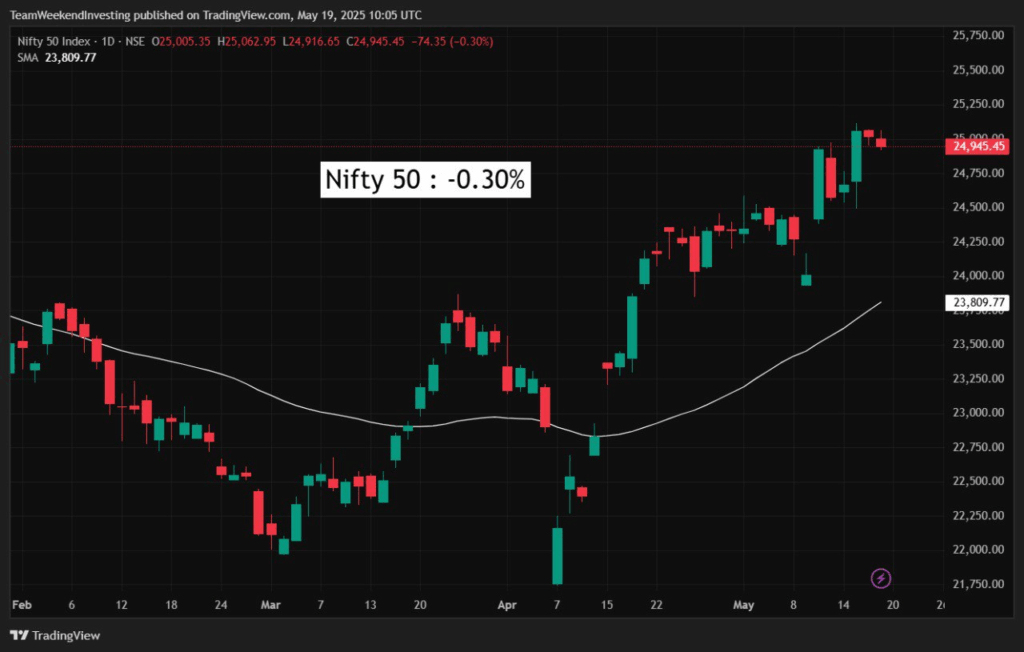
Nifty Next 50
Nifty Junior demonstrated resilience, rising by nearly 0.5%
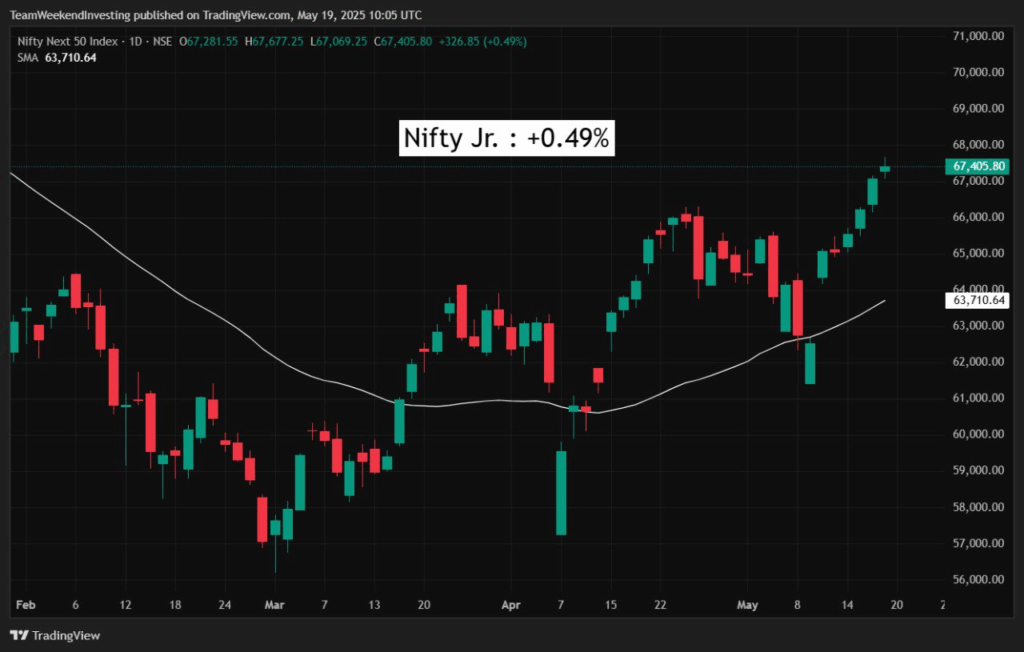
Nifty Mid and Small Cap
Within the Nifty mid-cap space, a new recent high was recorded, closing with a modest gain of 0.16%. The small-cap segment also experienced positive momentum, closing with gains of 0.68%, reflecting broad-based market participation.
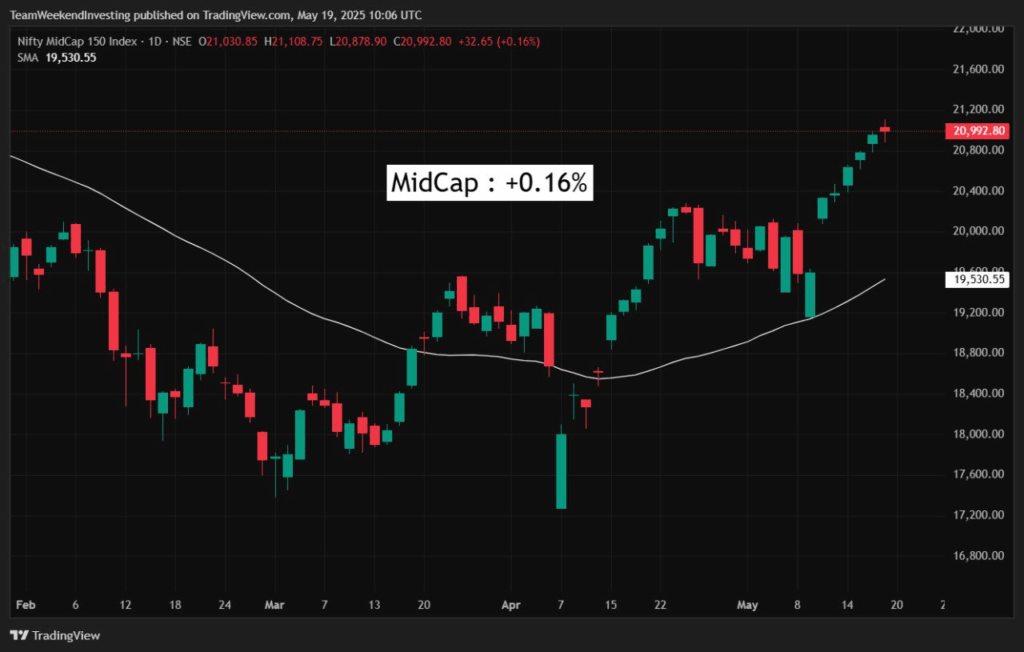
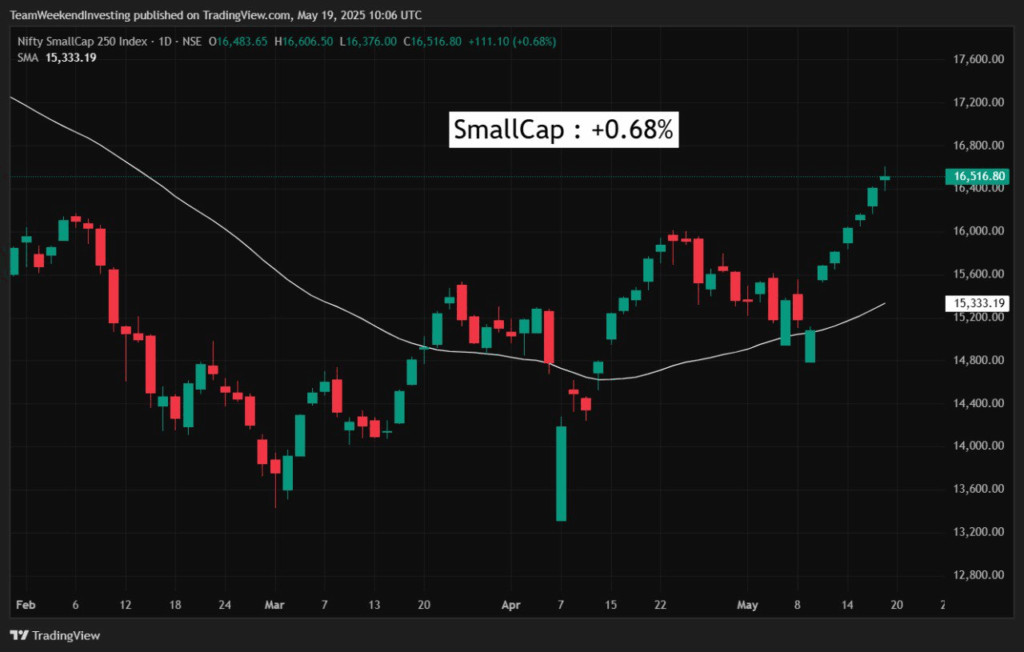
Bank Nifty
The Nifty Bank index showed initial strength, rising during the session but relinquishing most of its gains by the close. Ultimately, it finished with a modest increase of 0.12%, reflecting cautious sentiment among banking stocks.
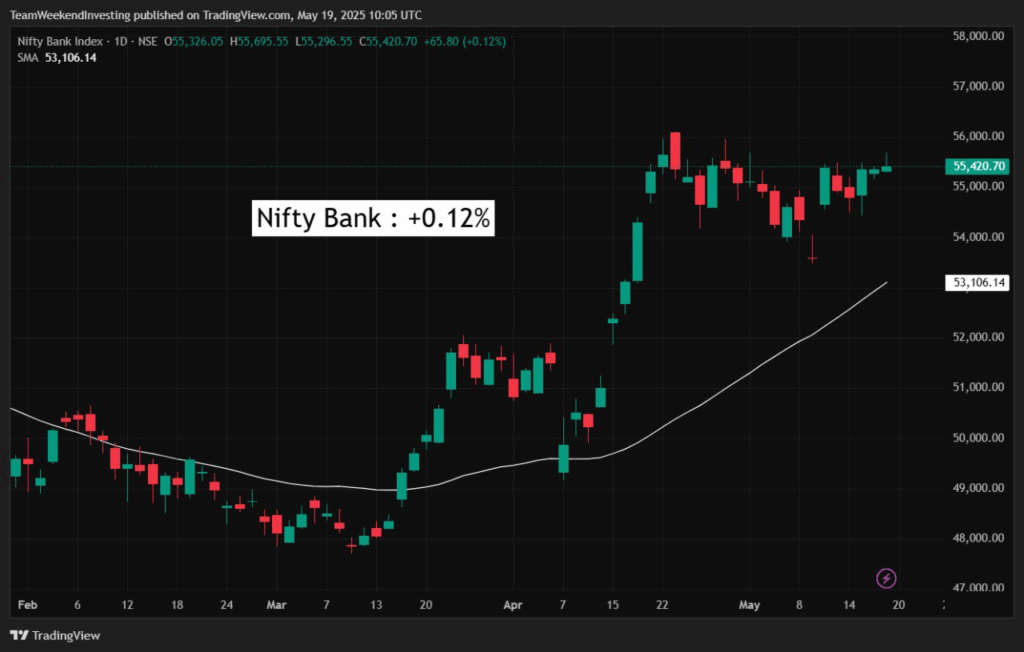
GOLD
Gold remains closely aligned with its moving average, largely supported by the strength of the Indian Rupee. It has consistently stayed above the 9,300 INR level, closing near 9,400 INR per gram.
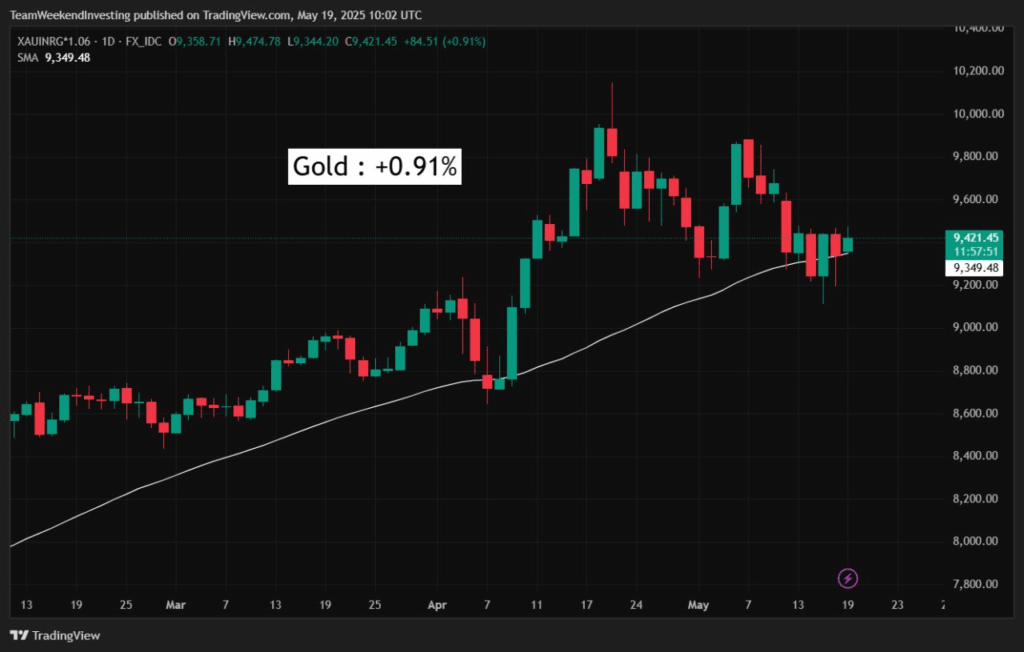
Advance Decline Ratio
Advance-decline trends showed a slight edge in favour of advances. The first half of the day saw strong advance numbers; however, these declined in the latter half. This suggests the market may be seeking a period of consolidation or rest before the next move.

Heat Maps
On the Nifty 50 heat map, key stocks such as Reliance, Infosys, TCS, and Wipro experienced notable declines. Additionally, Zomato (now rebranded as Eternal) and Tata Consumers saw downward movement, while Hindalco dropped significantly by 2.75%. Most other stocks remained relatively flat. However, there were positive gains in Bajaj Auto and Shriram Finance.
Within the Nifty Next 50 segment, the real estate sector took a clear lead, with DLF and Lodha among the top performers. Other notable gainers included Hyundai, Divi’s Lab, GSW Energy, Gas Authority, IRFC, and Bajaj Holdings. Conversely, stocks like Adani, Sol, HAL, Nokri, and Pidilite faced declines, reflecting mixed sectoral performances.
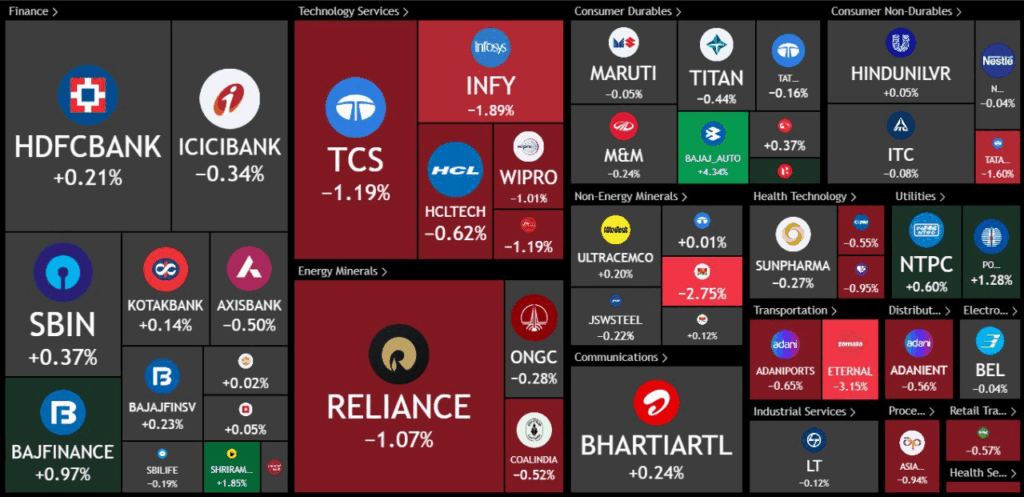

Sectoral Overview
The best performing sectors of the day included Nifty Realty, which closed up +2.3%, led by strong moves in DLF, Lodha, and Godrej Properties. PSU banks also performed well, with select names delivering notable gains. Capital markets and brokerage firms joined the bullish trend.
On the other hand, FMCG stocks remained weak amid defensive unwinding, and the IT sector saw profit booking after recent strength. Pharma stocks also remained under pressure, contributing to the broader underperformance of defensive sectors.

Sectors of the Day
Nifty IT Index
On the other hand, the Nifty IT Index saw mild profit booking. While the structure remains strong, select mid-tier IT stocks gave up recent gains, suggesting short-term consolidation in the sector.
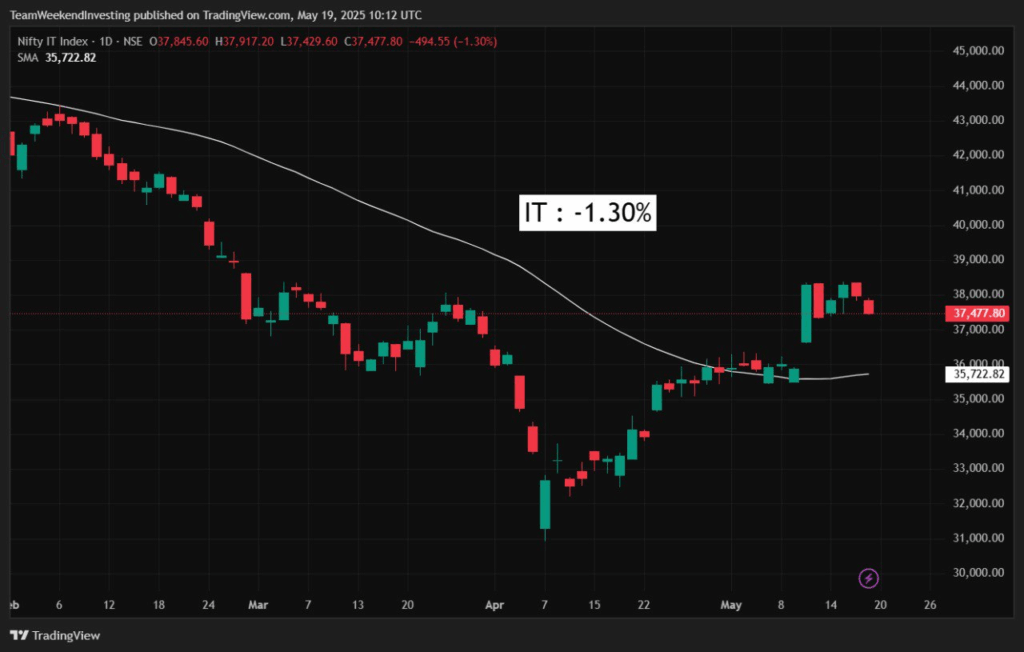
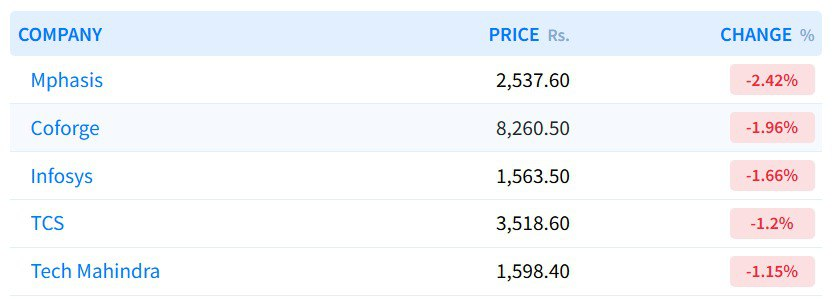
Nifty Realty Index
Nifty Realty Index emerged as the top gainer with a +2.3% rise. Stocks like DLF, Lodha, and Godrej continued to post new highs with strong momentum, backed by improving real estate demand and sector-specific tailwinds.
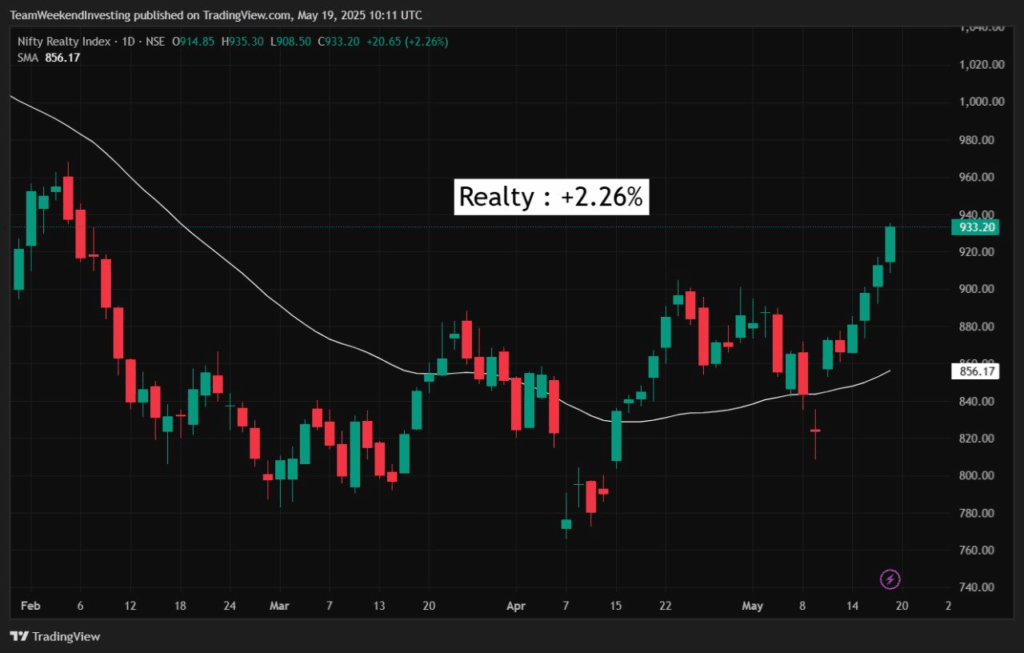
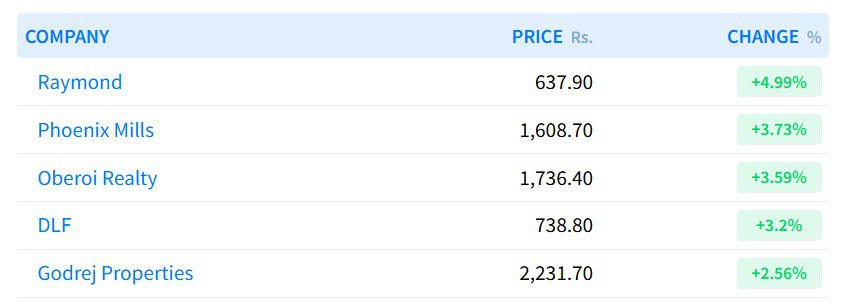
Story of the Day: Gold as a Strategic Non-USD Asset
Gold is especially beneficial for non-USD investors. What does that mean? Let’s look at the gold price in USD historically. From the 1800s until the 1930s, gold was pegged at roughly $20 per ounce. Later, it was re-pegged near $36, then $40-$42, before being fully freed from the gold standard in 1971 by President Nixon. Since then, gold prices took off, jumping from around $38-$40 to $800 in the 1970s. After this surge, there was a correction, but several countries like the UK sold off large gold reserves, keeping gold prices suppressed through the next two decades.
From the early 1990s, when gold was around $250, it started to rise again. The 2008 Global Financial Crisis accelerated this, pushing gold from $250 to nearly $2,000 by 2011—an eightfold increase. After some correction, gold now trades around $1,320-$1,340. Since leaving the gold standard, gold has delivered a CAGR of about 8.3% in USD terms, despite sharp drawdowns, including one of nearly 63%. Even so, the bottom of that drawdown was still significantly higher than where gold started.
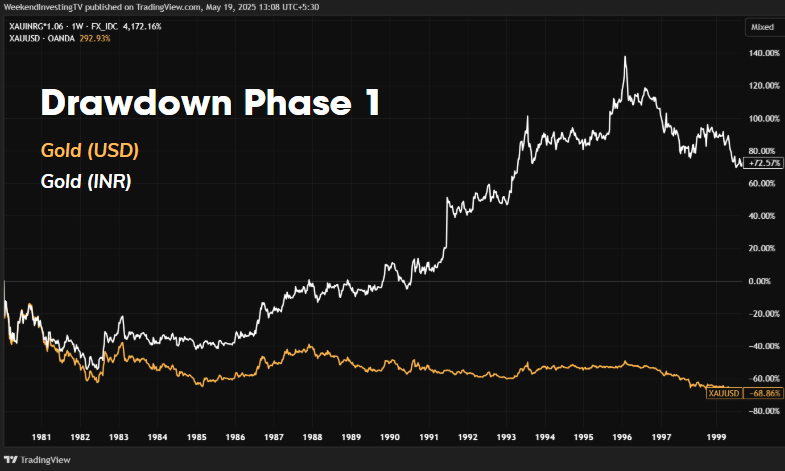
The large drawdown was partly due to Federal Reserve chair Paul Volcker hiking interest rates to 15% in the early 1980s to combat inflation, strengthening the dollar and reducing gold’s appeal. The strong US economy and low inflation during the 80s and 90s meant investors preferred equities over gold as a hedge.
Interestingly, during that same sharp USD drawdown, gold priced in Indian rupees rose by 72%, mainly due to the rupee depreciating sharply against the dollar. So even when gold falls in USD terms, if the local currency weakens more, gold holders in that currency still benefit. This means gold acts as a hedge against currency depreciation, especially in countries like India where the rupee often weakens when the dollar falls.
For example, during India’s fiscal crisis in the early 1990s, the rupee plunged from about 7 to 20-25 in a short time. If you held gold, your purchasing power stayed intact because gold is priced internationally in USD and converted locally, not a rupee asset. Similarly, from September 2011 to December 2015, gold fell about 43% in USD terms but only about 14% in INR terms, cushioned by currency depreciation.
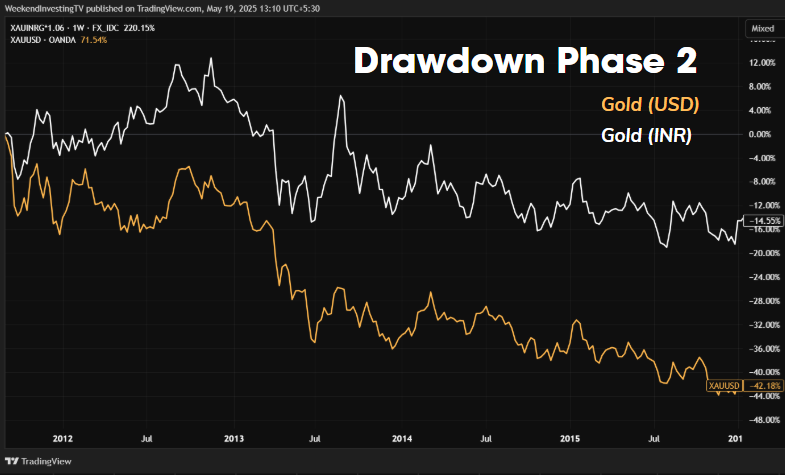
Year-on-year, gold’s USD and INR performance often diverge. Years where gold fell sharply in USD terms saw smaller losses or even gains in INR terms. This smoother journey in INR terms makes gold easier to hold during volatile periods. Since investing is often psychological, seeing less volatility helps investors stay invested.
Overall, gold is effectively a USD hedge, and with potential weakening of dollar hegemony in the decades ahead, gold prices could rise further as other currencies face pressure. Indian investors benefit from gold’s global price rise combined with rupee depreciation. India’s strong cultural affinity and heavy demand for gold—households hold around 16% of their assets in gold compared to just 5% in equities—also support this trend.
Gold holdings in India are estimated at about 25,000 tons, and in the last 18 months, gains in gold have roughly matched the total wealth created by household investments in equities over many years. This highlights gold’s significant role in wealth preservation and creation, especially as a hedge against currency risk.
Since India imports most of its gold, rising global gold prices and rupee weakness reinforce each other, creating a cycle that amplifies returns for Indian investors. Gold is deeply embedded in Indian households both emotionally and financially, making it an essential component of any portfolio to protect against currency risk and economic uncertainty.
What’s your take on gold as a core portfolio asset? Have you considered it from a currency perspective before? Drop your thoughts in the comments! If you found this blog insightful, SHARE it with your friends and help them get a fresh perspective too!
WeekendInvesting launches – The Momentum Podcast
This episode of The Momentum Podcast unpacks 15 years of investing experience! We cover:
✅ Early investing mistakes and learnings
✅ Navigating market fluctuations (including the 2020 crash)
✅ The transition from direct stock picking to managed funds
✅ The role of momentum investing in long-term strategy
✅ Key takeaways for building a resilient investment portfolio.
Whether you’re new to investing or looking to refine your approach, this episode is packed with practical advice!


